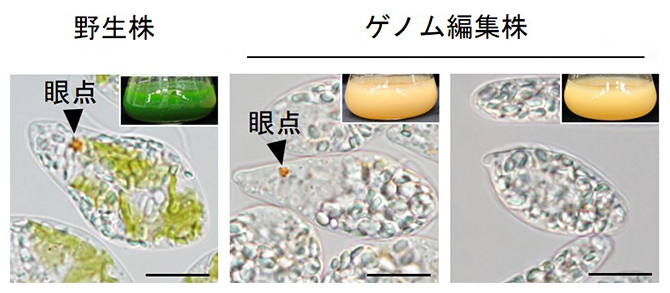2023-01-26 バッファロー大学(UB)

◆骨密度の低さは、骨が弱くもろくなる骨粗鬆症の指標となるため、この研究結果は睡眠時無呼吸症候群の患者にとって極めて重要である。骨折のリスクを高めるだけでなく、低骨ミネラル密度は、歯が緩くなり、歯科インプラントが失敗する原因となり、口腔内の健康に影響を与える、シニア著者ThikriatアルJewair、DDS、歯科医学のUB学校の矯正歯科の准教授と学校の矯正歯科の高度教育プログラムのディレクターは述べています。
◆この研究は、11月にThe Journal of Craniomandibular and Sleep Practice誌に掲載されました。研究者らは、コーンビームCT(CBCT)-X線の一種-を用いて、38人の成人被験者(うち半数は閉塞性睡眠時無呼吸症候群)の頭部と頸部の骨密度を測定した。
◆年齢、性別、体重を調整すると、閉塞性睡眠時無呼吸症候群のある参加者は、症状のない参加者に比べて骨密度が有意に低かった。
◆閉塞性睡眠時無呼吸症候群は、眠っている間に呼吸が困難になることを特徴とし、低酸素症(体内の酸素濃度が低い)、炎症、酸化ストレス、呼吸パターンの短縮などを引き起こす可能性があります。これらの症状はそれぞれ、骨代謝、ひいては骨密度に慢性的な悪影響を及ぼす可能性があると、アル・ジュウェール氏は言う。
<関連情報>
- https://www.buffalo.edu/news/releases/2023/01/017.html
- https://www.tandfonline.com/doi/abs/10.1080/08869634.2022.2142724?journalCode=ycra20
成人矯正患者集団における閉塞性睡眠時無呼吸症候群と骨密度との関連性 Association between obstructive sleep apnea syndrome and bone mineral density in adult orthodontic populations
Mira Daljeet, Stephen Warunek, David A. Covell, Alberto Monegro, Terry Giangreco & Thikriat Al-Jewair, DDS, MSc, MS, FRCD(C)
The Journal of Craniomandibular and Sleep Practice Published: 11 Nov 2022
DOI:https://doi.org/10.1080/08869634.2022.2142724
ABSTRACT
Objective
To determine the association between obstructive sleep apnea syndrome (OSAS) and predicted bone mineral density (BMD) in adults presenting for orthodontic treatment.
Methods
This retrospective cross-sectional study included 38 adults divided into OSAS and non-OSAS groups. Using pre-treatment CBCT images, radiographic density (RD) of left and right lateral regions of the 1st cervical vertebrae and dens of the 2nd cervical vertebrae were measured as an indicator for BMD.
Results
When controlling for age, sex, and BMI, the mean RD was significantly lower in the OSAS group compared to the non-OSAS group (left CV1: 36.69 ± 84.50 vs. 81.67 ± 93.25 Hounsfield Units [HU], respectively, p = 0.031; right CV1: 30.59 ± 81.18 vs. 74.26 ± 91.81 HU, p = 0.045; dens: 159.25 ± 115.96 vs. 223.94 ± 106.09 HU, p = 0.038).
Conclusion
Adults with OSAS have lower values for predicted BMD than those without OSAS.


